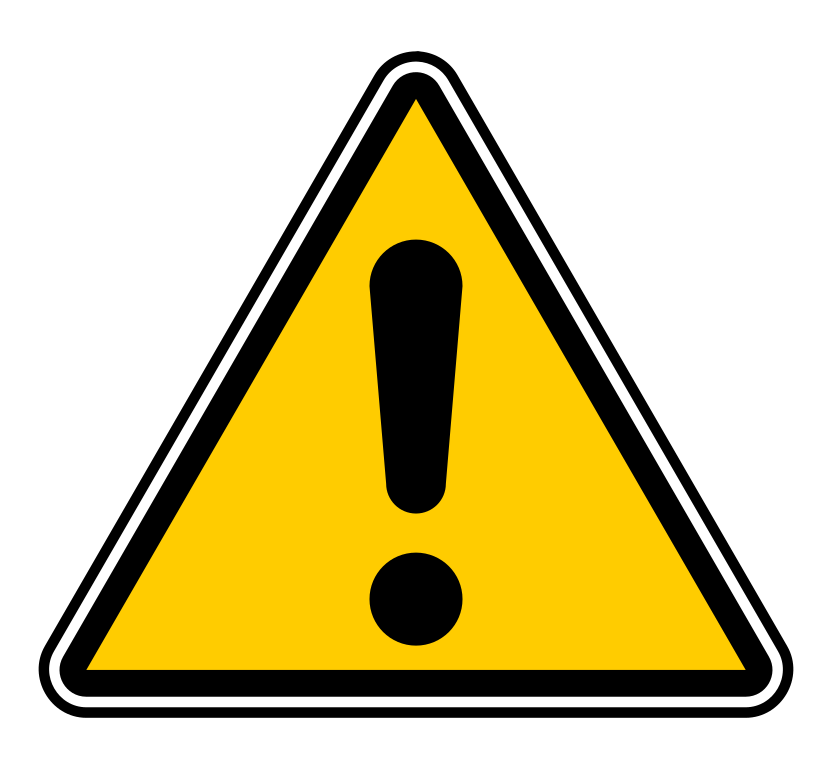Lori
Well-known member
Good Morning Coders!
What are you coding today?
The seventh character under ICD-10 defines the “type of encounter”
The 7th character represents the type of encounter or phase of treatment; this could be an initial encounter, a subsequent encounter, or a sequela (previously known as a late effect). The conditions found in Chapter 19 of the codebook are Injury, Poisoning, and Certain Other Consequences of External Causes (S00-T88) and most of these require the 7th character to identify the type of encounter. Fracture care is an exception, and this will be addressed below, but first I want to describe the challenges coders face when trying to determine initial vs. subsequent vs. sequela.
CCO Community thread ICD-10 7th character.

 www.cco.community
www.cco.community

What are you coding today?
The seventh character under ICD-10 defines the “type of encounter”
The 7th character represents the type of encounter or phase of treatment; this could be an initial encounter, a subsequent encounter, or a sequela (previously known as a late effect). The conditions found in Chapter 19 of the codebook are Injury, Poisoning, and Certain Other Consequences of External Causes (S00-T88) and most of these require the 7th character to identify the type of encounter. Fracture care is an exception, and this will be addressed below, but first I want to describe the challenges coders face when trying to determine initial vs. subsequent vs. sequela.
CCO Community thread ICD-10 7th character.

Resource - ICD-10-CM 7th Character Fractures
7th Characters Certain ICD-10-CM categories have applicable 7th characters. The applicable 7th character is required for all codes within the category, or as the notes in the Tabular List instruct. The 7th character must always be the 7th character in the data field. If a code that requires a...



